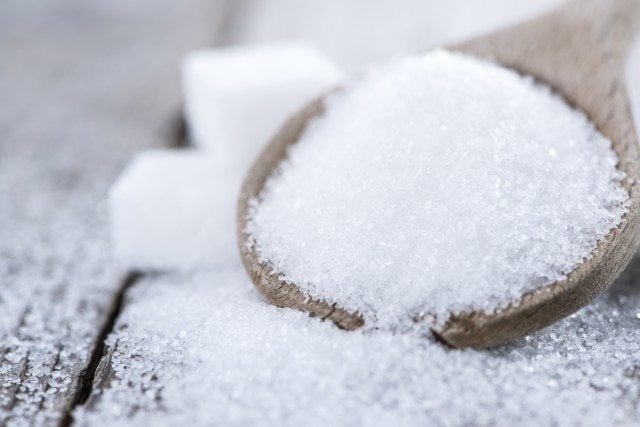As part of its plan to update the Nutrition Facts labels that Americans see on most packaged foods, the US Food and Drug Administration proposed, for the first time, to recommend limiting added sugar intake to 10% of Americans’ daily calories.
This change would give consumers more information about their consumption of added sugar, which science shows is a major contributor to growing health risks including diabetes, heart disease and tooth decay.
The change, a supplement to the FDA’s March 2014 proposal to require labels to clearly indicate the amount of added sugar in packaged foods, is based on the recommendation of scientists at the independent Dietary Guidelines Advisory Committee (DGAC).
Last summer, the Union of Concerned Scientists (UCS) had mobilized more than 250 public health experts to write to the FDA to support the added sugar labeling and ask the agency to include a daily value on the label.
“Nearly three-quarters of packaged foods contain added sugar, but today, there’s no way for customers to know how much of their calories they’re getting from this sugar,” says Pallavi Phartiyal, senior analyst and program manager at the Center for Science and Democracy at UCS.
“Americans are eating an average of 19.5 teaspoons of sugar a day, and that has a real effect on public health.”
“The scientific evidence is overwhelming that consuming too much sugar can lead to diabetes, obesity, and heart and liver disease, conditions that affect millions of Americans,” she says.
“Food manufacturers have been fighting disclosure and limits on added sugar, and US taxpayers are bearing the cost of the health impacts.”
“Scientific and medical organizations such as the World Health Organization, American Heart Association, and UK’s Scientific Advisory Committee on Nutrition, stand behind a 10% or lower daily limit on calories from added sugar,” she adds.










